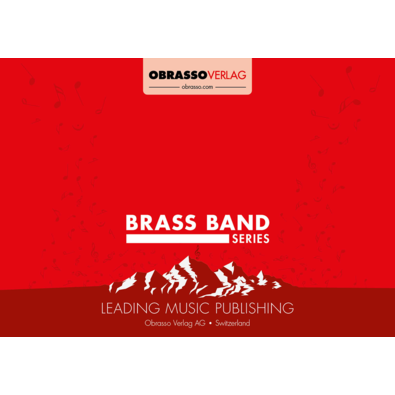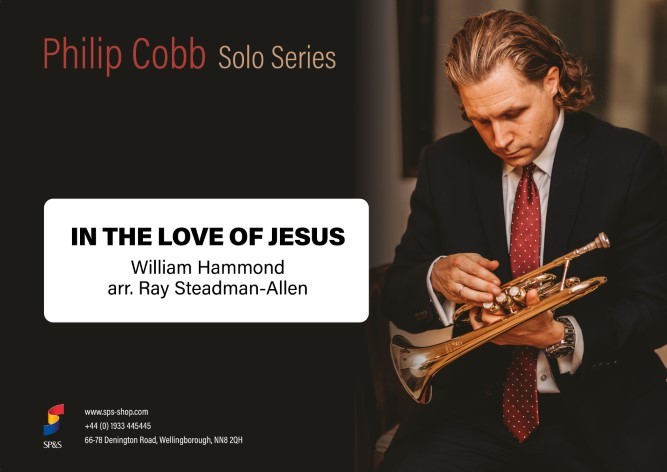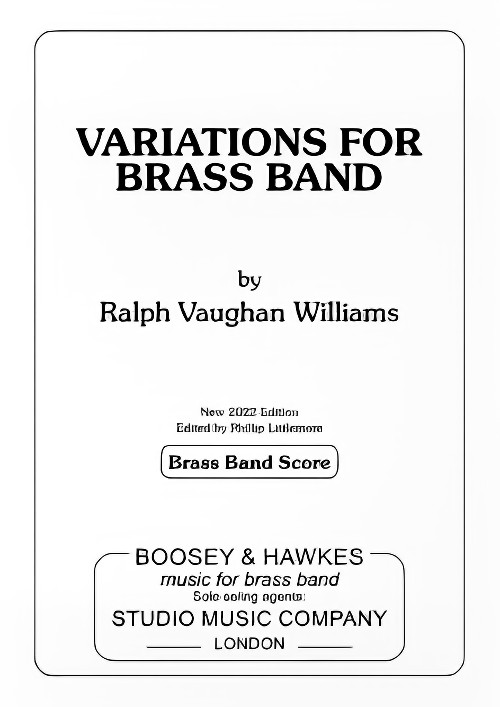Results
-
 £56.00
£56.00I Only Have Eyes For You - Harry Warren, Al Dubin - Alan Fernie
Estimated dispatch 7-14 working days
-
 £67.20
£67.20For Your Eyes Only - Bill Conti - Jan van Kraeydonck
Estimated dispatch 5-14 working days
-
£32.95
For Your Eyes Only - Darrol Barry
Estimated dispatch 5-14 working days
-
 £116.10
£116.10For Your Eyes Only - Bill Conti - Ted Parson
Estimated dispatch 5-14 working days
-
 £68.90
£68.90 -
£83.60
I Only Have Eyes For You - Harry Warren - Alan Fernie
Estimated dispatch 5-14 working days
-
 £29.95
£29.95In the Love of Jesus (Cornet Solo with Brass Band - Score and Parts) - Hammond, William - Steadman-Allen, Ray
There are some pieces of music that evoke a sense of belonging, not only for the message it conveys, but the association of what it represents. In the Love of Jesus, by William Hammond and Ivy Mawby, the song brings an emotive response to words of commitment and devotion to Jesus. The melodic line starts with a somewhat hypnotic charm and expands into a beautifully shaped line of music. Duration: 3.30
Estimated dispatch 7-14 working days
-
 £37.95
£37.95Variations for Brass Band (2022 Revised Version) (Brass Band - Score only) - Vaughan Williams, Ralph - Littlemore, Philip
2022 European Brass Band Championships - Challenge Section set test piece
Estimated dispatch 7-14 working days
-
 £17.50
£17.50Finale from Jazz Suite No.2 (Suite for Variety) (Brass Band - Score only) - Shostakovich, Dmitri - Jones, Ian
This exciting finale (March) written in 1938 will be a popular concert item and has all the hall-marks of Shostakovitch's energy and?compositional craft.
Estimated dispatch 7-14 working days
-
 £17.50
£17.50Rhapsody for Euphonium (Euphonium Solo with Brass Band - Score only) - Sharman, Paul
Following a lively opening in which the band echoes statements by?the soloist, the central section features the melody 'He Leadeth Me'?before returning to the pyrotechnics of the first section.
Estimated dispatch 7-14 working days
